 Friday, February 22, 2013 |
Friday, February 22, 2013 |  Hugh Locke
Hugh Locke Food Insecurity in Haiti
 A field of beans in Haiti. SFA photo by William Charles Moss.
A field of beans in Haiti. SFA photo by William Charles Moss.
There are close to 10 million people in Haiti, 6 million of whom live in rural areas and rely on agriculture for their livelihoods. There are an estimated 600,000 farms in Haiti, and all but 3 percent of those are small-scale operations with an average of 1.5 hectares, or just under 4 acres. With a ratio of one farm for every 100 people, Haiti has one of the highest farm-to-population rates in the world. Logic would suggest this is enough farms and farmers to feed the nation, and up to the mid-1980’s that was the case. But Haiti now imports close to sixty percent of all the food it consumes. At the same time farmers are suffering because they can’t compete with the flood of cheap imported food, much of it subsidized by taxpayers in foreign lands.
The story of Haiti’s loss of food security has very little to do with Haiti itself, and a lot to do with how and where the world grows its food. Starting in the early 1960’s, policy makers and politicians on the international stage decided that the only way to feed a growing global population was to focus research, investment and regulatory support on large-scale industrial farms. These farms, located in just a few countries, operate at a scale that allows them to export cheap food to the rest of the world. One small problem: the governments of developing countries were forced to drop support for their own small-scale farmers and encourage them to move to cities, work in factories, and purchase the cheap imported food. The first real flaw in this system came in 2008 when the price of imported food spiked and widespread civil unrest followed in many developing countries, including Haiti.
In one particularly telling example, Haiti went from producing all its own rice up to the mid-1980’s to now, when it imports 85 percent of all rice consumed in the country. Close to 90 percent of that rice comes from the U.S., making Haiti the fifth largest customer for American rice in the world. For an excellent in depth analysis of this issue, check out Maura O’Connor’s excellent article in Foreign Policy: Subsidizing Starvation: How American tax dollars are keeping Arkansas rice growers fat on the farm and starving millions of Haitians.
Haiti, along with many other developing nations, has high unemployment, underutilized agricultural capacity, and it imports food that could otherwise be grown locally. There are many highly qualified economists who can explain why this combination makes sense, but the rest of us are left scratching our heads.
For our part, the Smallholder Farmers Alliance is working with farmers to help them increase their yields by providing an agricultural service that includes providing high yield seed, training in crop management, a micro-loan program, in-field technical support and supplying the good quality tools needed to produce higher yields of sorghum, beans, corn and other food items (all done with heirloom, non-hybrid seeds and no chemical fertilizers). Those yields have gone up as much as 50 percent, depending on the crop.
The Martelly government has increased spending on agriculture and taken the first steps towards implementing a coordinated national agricultural policy. But decades of neglect in this area has left a monumental problem that will take some time to fix.



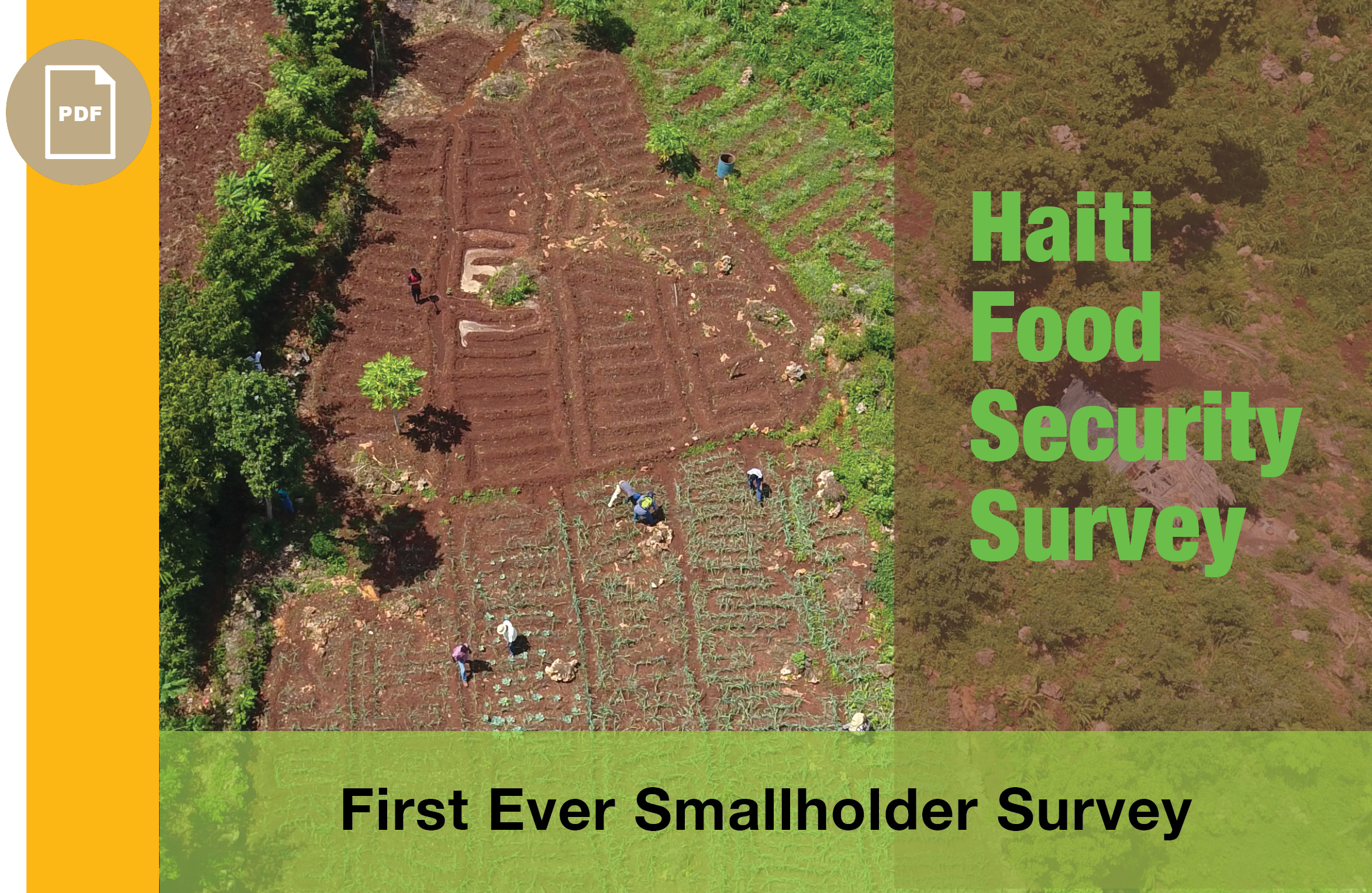
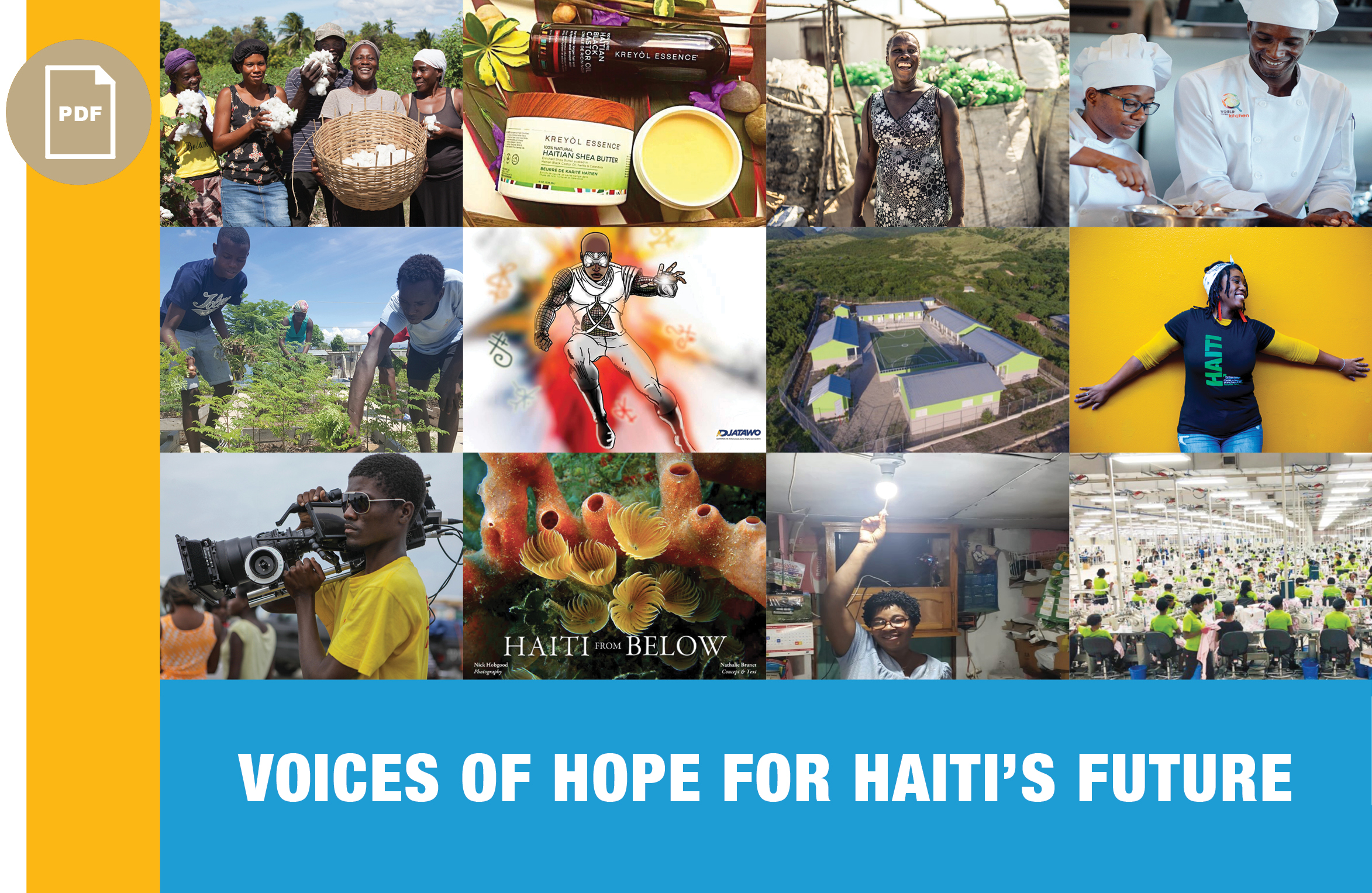

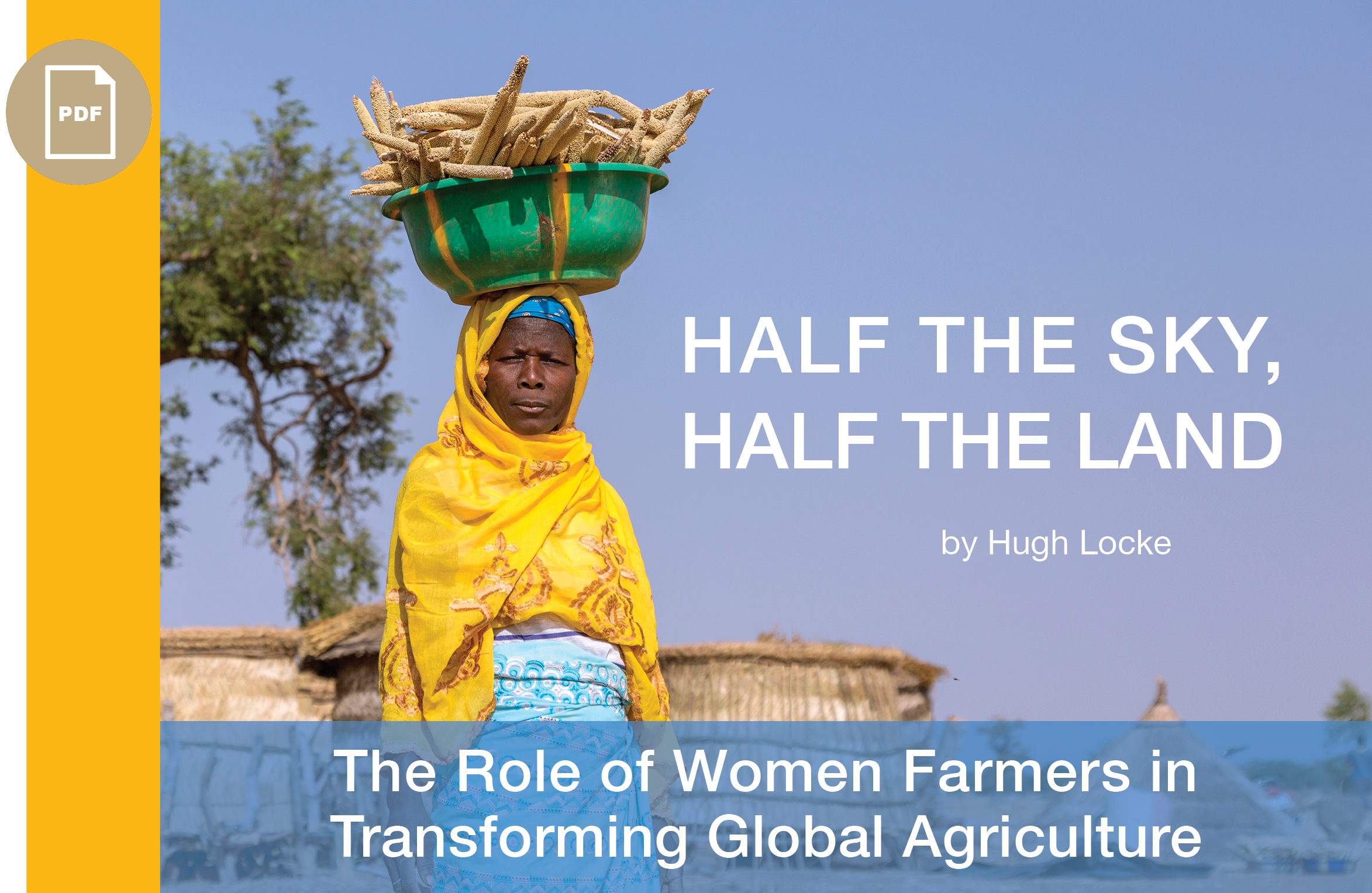

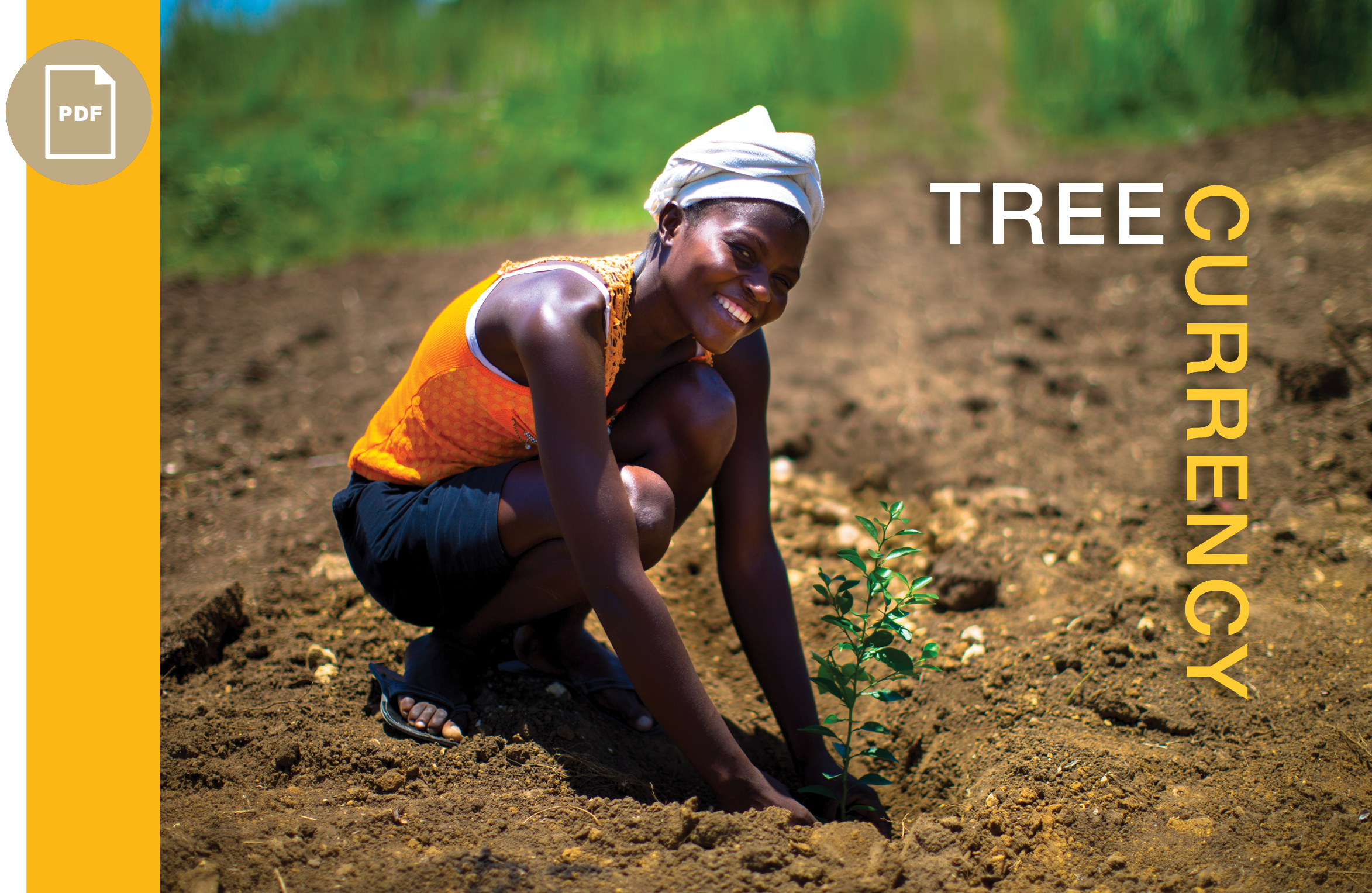


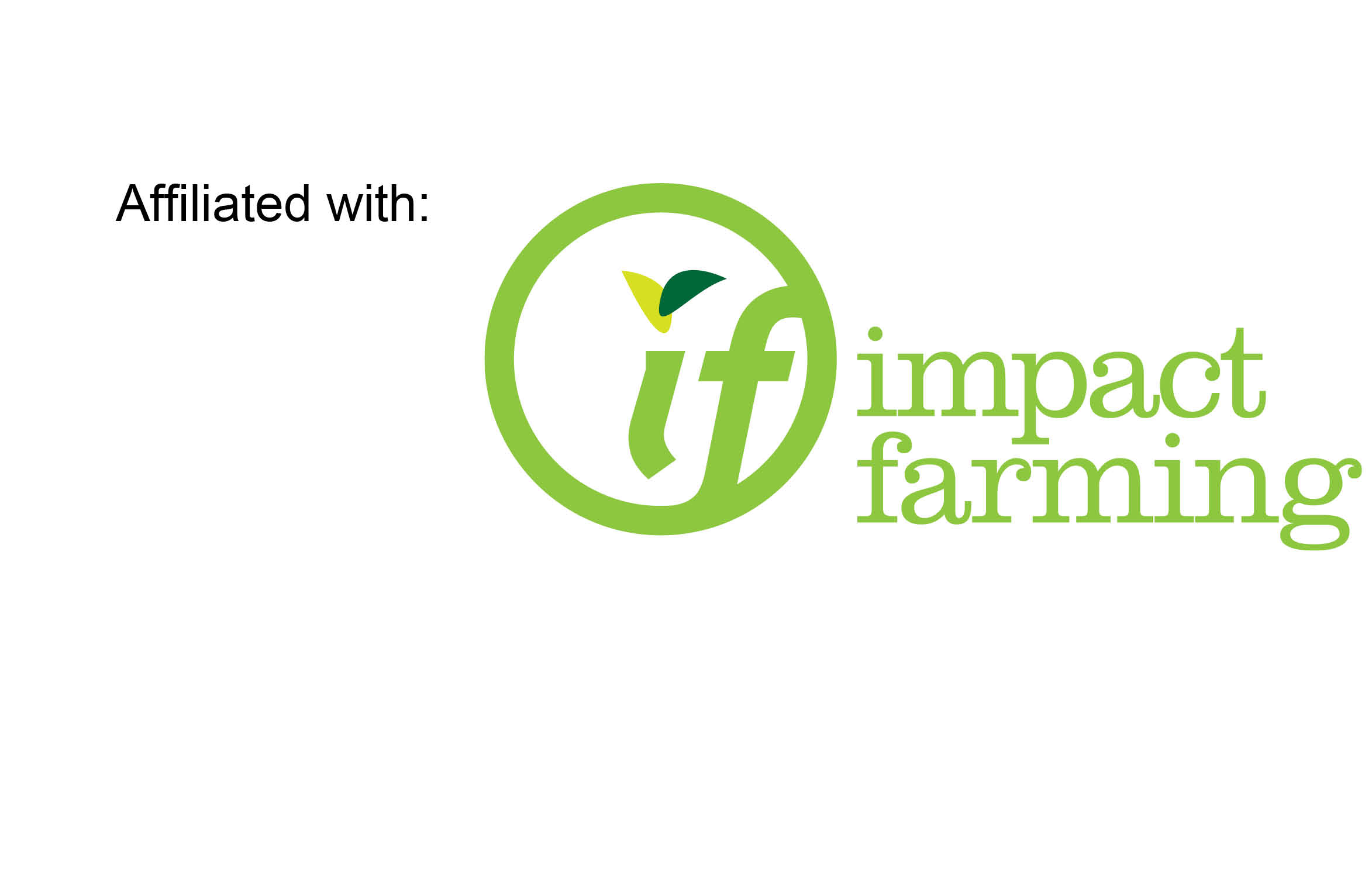
Reader Comments